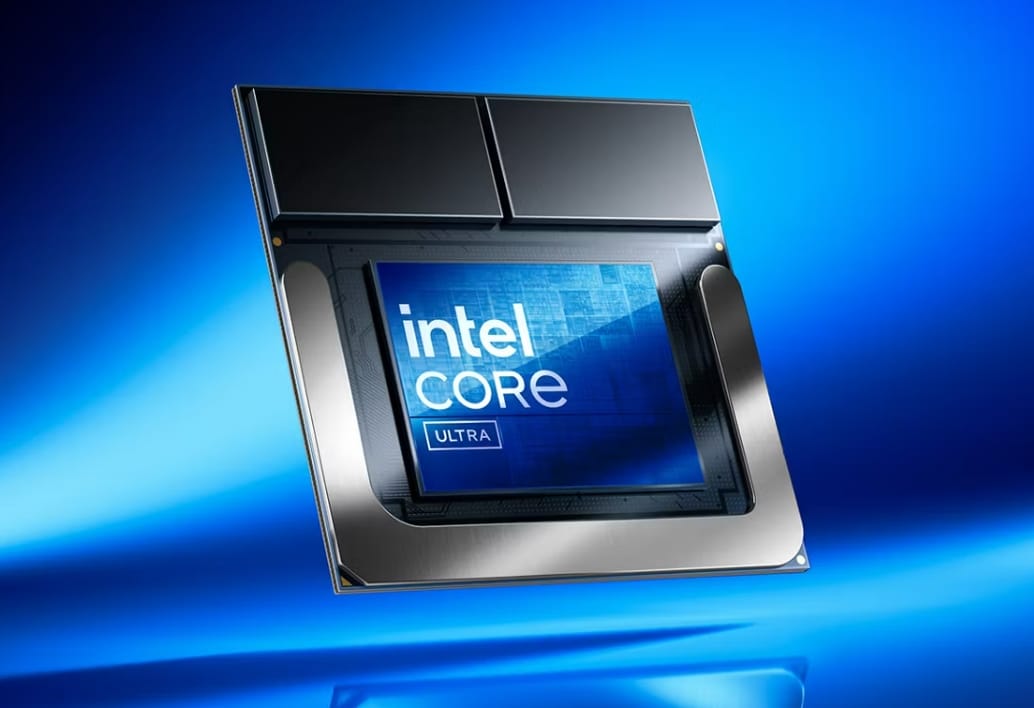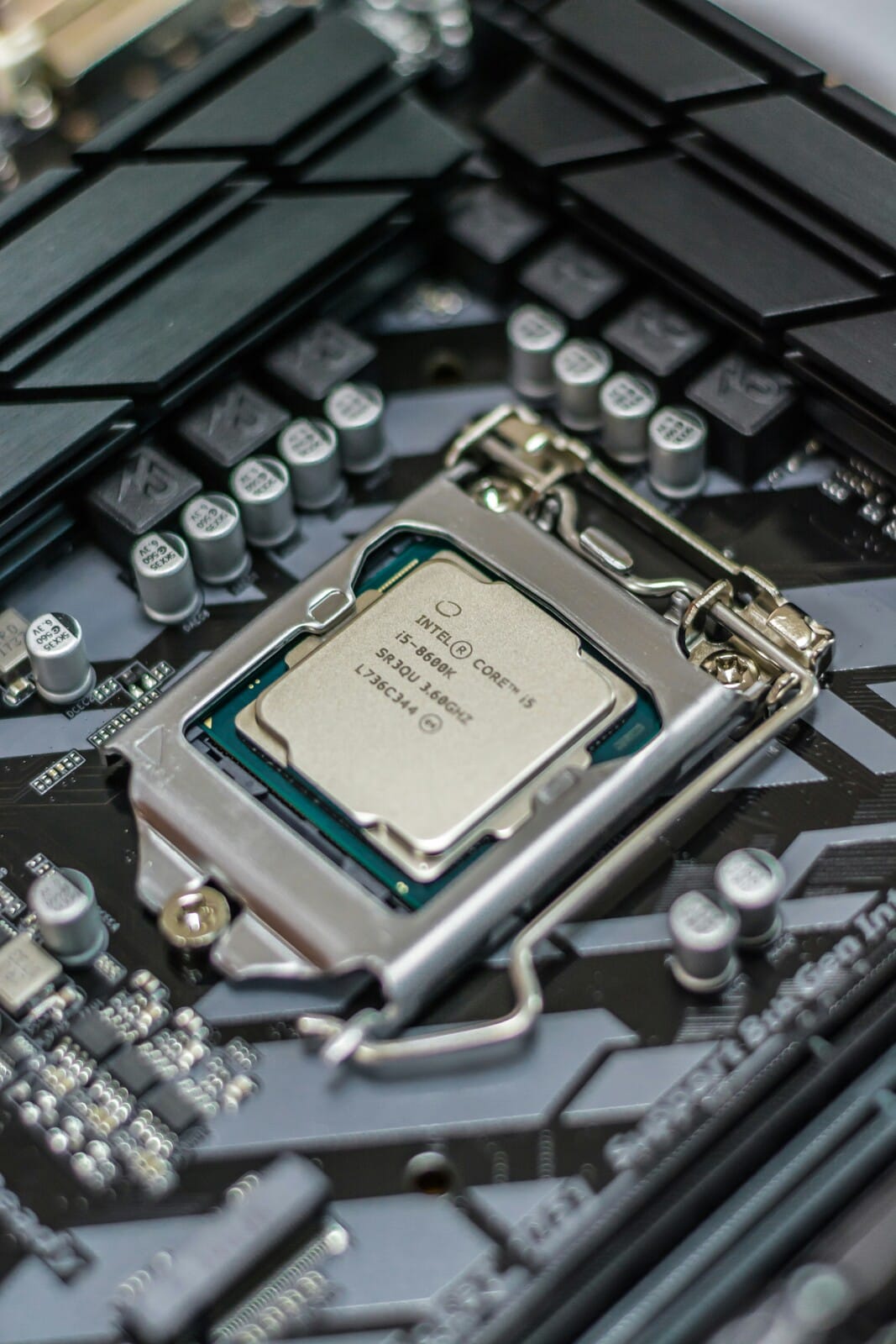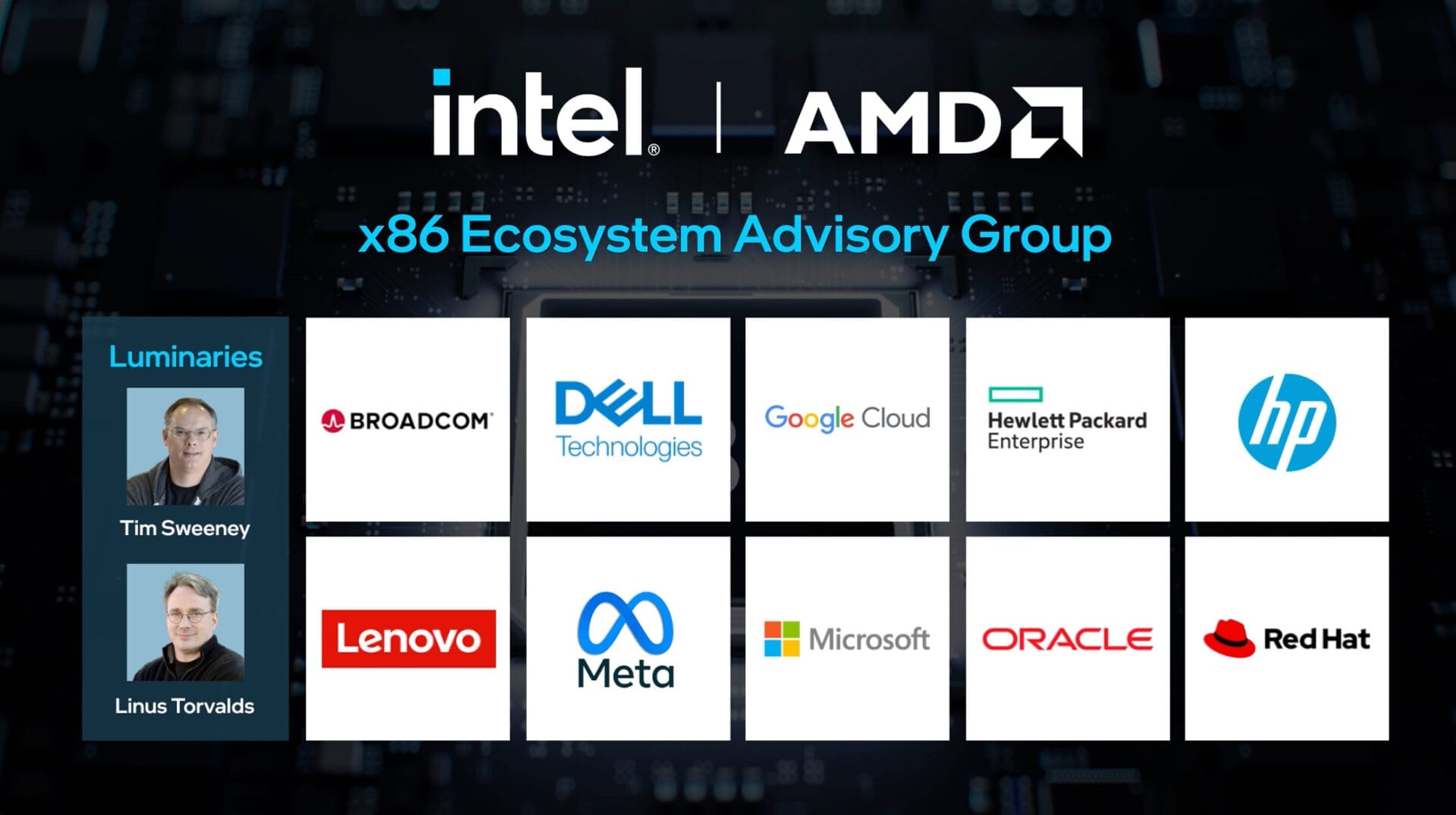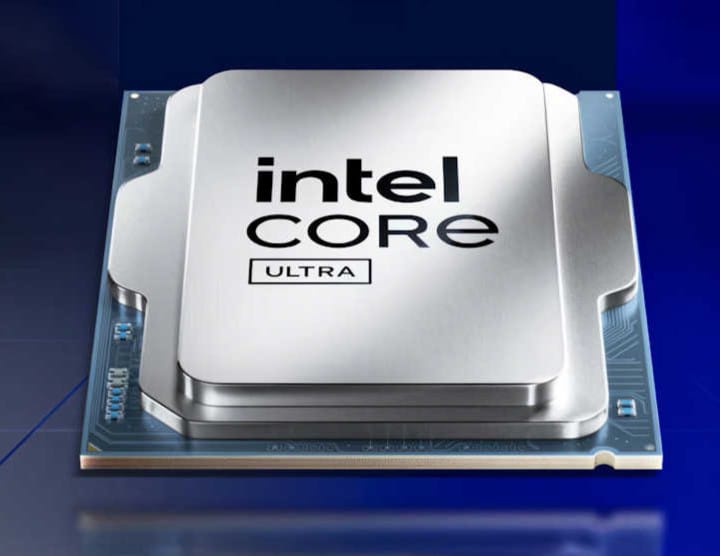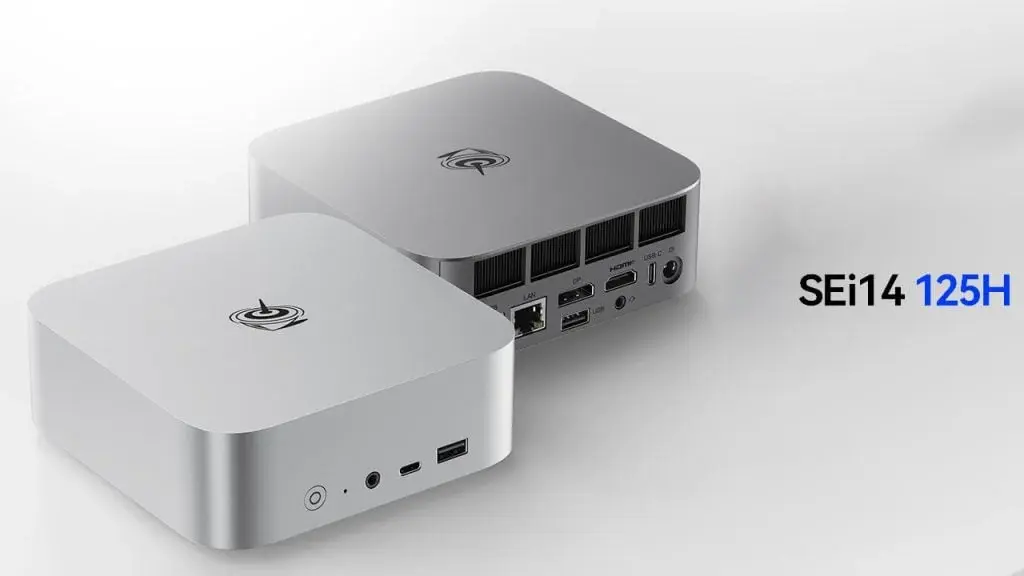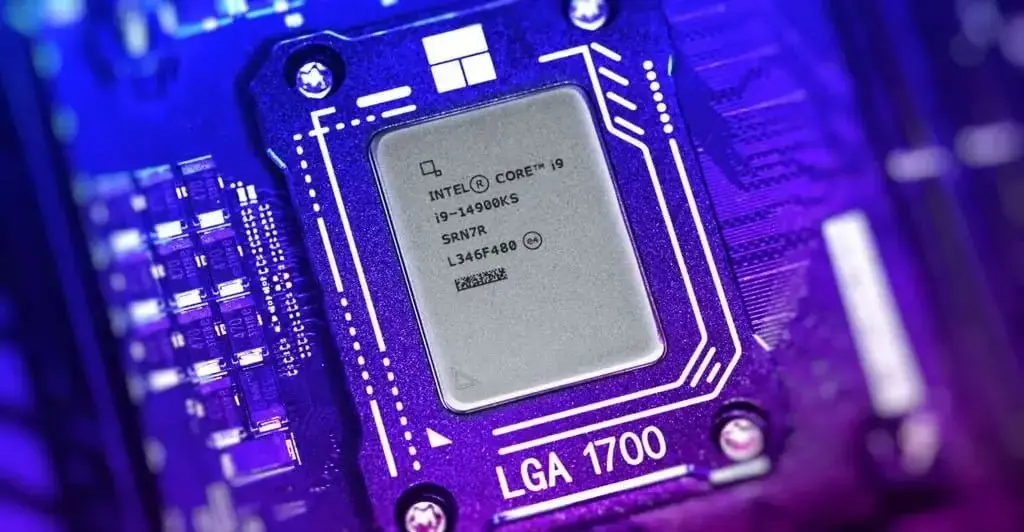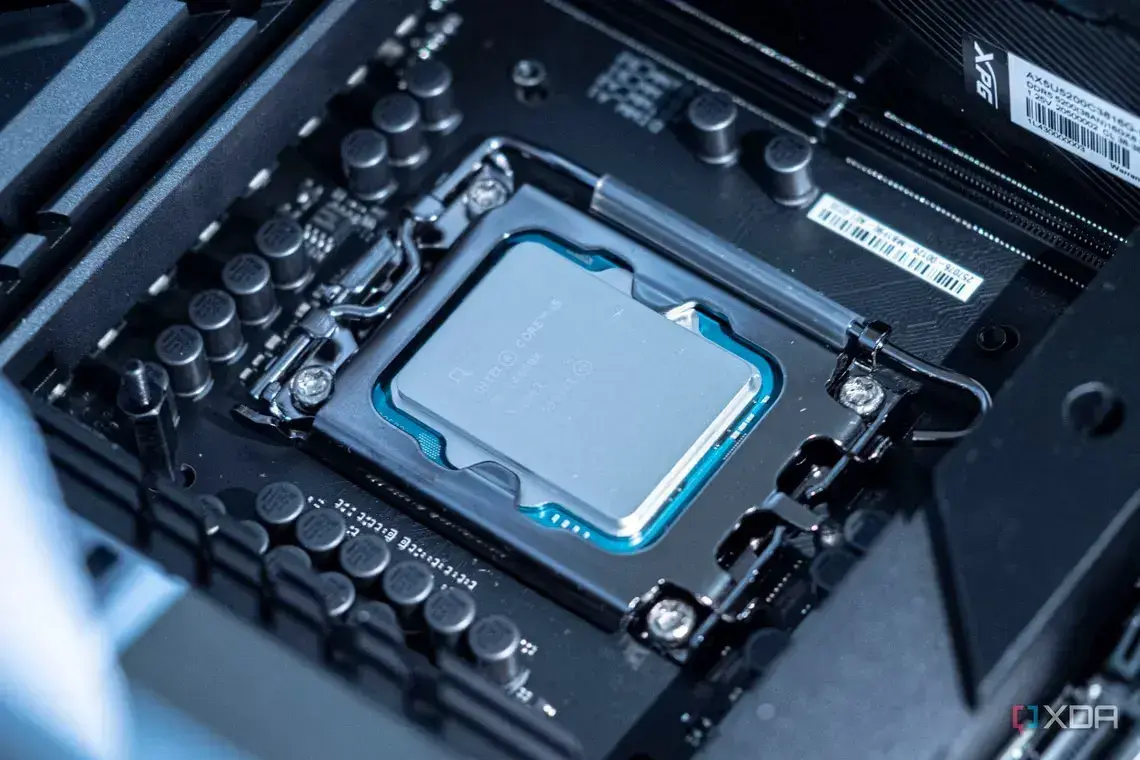It is widely known that AMD has historically been behind Intel and Nvidia in the laptop market, particularly in the variety of available designs. Sasa Marinkovic from AMD addressed some of these worries in our conversation a few years back, but the situation has not seen significant improvement since then.
OEM Concerns
An AC Analysis report indicates that AMD’s increased focus on datacenter products is causing friction with its notebook OEM partners. The report describes the current relationship as a "cold war ice age," which is worrying as interest grows in Qualcomm’s Snapdragon X Series and Intel’s new Lunar Lake offerings. Additionally, AMD’s ongoing "startup culture" and compromises in the consumer market are negatively impacting its future, unlike Intel and Nvidia, which seem to balance their datacenter and consumer lines more effectively.
OEMs are reportedly frustrated with the insufficient supply of AMD notebook chips for their designs in Q4 2023 and beyond. The analyst notes that partners have raised issues regarding miscommunication, unmet promises, and generally poor treatment, drawing parallels to Intel’s past behavior during its dominant years.
Supply Issues
ComputerBase supports this by highlighting that AMD has struggled to meet OEM chip demands. This is evidenced by the lack of Ryzen AI 300-powered laptops showcased at IFA 2024. Reports from discussions at the trade fair reveal that AMD’s failure to supply adequate and timely chips led manufacturers to reduce their portfolios of Strix Point laptops. One OEM remarked that AMD has "left billions of US dollars lying around" with its partners over the years.
Currently, AMD offers only two Strix Point APUs: the Ryzen AI 9 365 and the Ryzen AI 9 HX 370. The Ryzen AI 9 HX 370 has shown impressive performance in the three Asus laptops we tested. Recently, Asus’s exclusivity with AMD for these APUs ended, which is why other OEMs are finally starting to launch Ryzen AI 300-powered models.
New Launches and Future Prospects
HP is set to release an OmniBook Ultra that features the Ryzen AI 9 HX 370, while MSI has announced the Summit 16 AI+, Prestige A16 AI+, and Creator A16 AI+ at IFA 2024, all powered by Ryzen AI 9 HX 370 and Ryzen AI 9 365 options. Acer mentioned back at Computex 2024 that they are working on a Swift 14 with Ryzen AI 300, but no details were provided during the IFA event.
AMD has also quietly launched the Ryzen AI 9 HX 375 APU, which boasts a slightly faster 55 TOPS NPU, but no laptops utilizing this APU have been revealed yet. Silent paper launches are not new for AMD in the notebook sector, as laptops featuring the Ryzen 9 7840HX are still absent, and very few Ryzen 7 8840U-powered mainstream laptops have reached reviewers, aside from a GPD Win Mini handheld and the Minisforum V3 tablet.
AMD Advantage Program
Do you recall the AMD Advantage program? It was AMD’s response to Intel Evo. Currently, AMD officially lists just three — yes, THREE — AMD Advantage laptops available in the US. However, on a global scale, models like the Asus TUF Gaming A16, Asus ROG Zephyrus G14, Framework 16, MSI Alpha 17, and MSI Alpha 15 are part of the Advantage program, though the Alpha 17 has now shifted to using an RTX 4070 Laptop GPU.
When discussing AMD’s mobile GPUs, the situation is similarly concerning. To date, only about five or six devices featuring RDNA 3 mobile GPUs have been reviewed. In contrast, we have tested 20 laptops with the RTX 4080 Laptop GPU and only one with the RX 7900M. This situation reminds us of the times when AMD Ryzen Renoir laptops were released with no GPUs exceeding an RTX 2060 Laptop GPU, while Intel laptops had much higher specifications.
Despite the challenges, AMD is expected to launch more budget-friendly Copilot+ laptops featuring Kraken Point in early 2025, likely at CES 2025. Kraken Point is a simplified version of the Strix Point APU with 4x Zen 5 + 4x Zen 5c cores, 8 CU RDNA 3.5 graphics, and a 50 TOPS XDNA 2 NPU. Upcoming flagship laptops will include Strix Halo and Fire Range APUs.
Market Share Growth
Interestingly, despite Intel’s aggressive marketing for Meteor Lake, AMD has managed to grow its mobile CPU market share from 16.2% in Q1 2023 to 19.3% in Q1 2024, accompanied by a notable 16.3% revenue increase. The full impact of AMD’s renewed focus on datacenter products on the consumer mobile segment will only be evident later in 2025.
Nevertheless, AMD needs to act quickly in the mobile space, especially with Qualcomm and Intel, which has introduced a staggering 80 new Lunar Lake designs, closing in on AMD’s market. Reports suggest that the company must address OEM needs promptly to prevent further reductions in designs due to a lack of mobile CPUs and GPUs.
Moreover, AMD and OEMs need to resolve feature inconsistencies between Intel and AMD laptop SKUs to make the selection process clear and appealing for consumers, rather than forcing them to choose between features. An example of this disparity can be seen in the Alienware m18 R1 Intel and m18 R1 AMD versions we reviewed last year.
The AMD m18 R1 lacks USB4, supports only three M.2 NVMe drives compared to four in the Intel version, has a less efficient GPU, and offers significantly lower battery life despite having a more efficient CPU. Additionally, the m18 R1 AMD experienced initial performance issues that were only resolved by reverting to an older Radeon driver.
Here’s hoping that 2025 brings better outcomes for both AMD and its customers.

